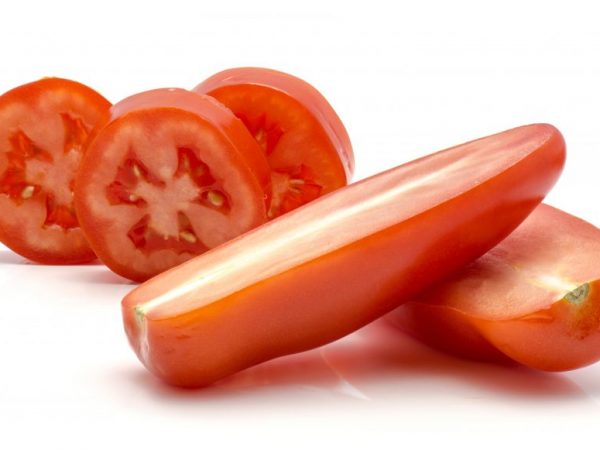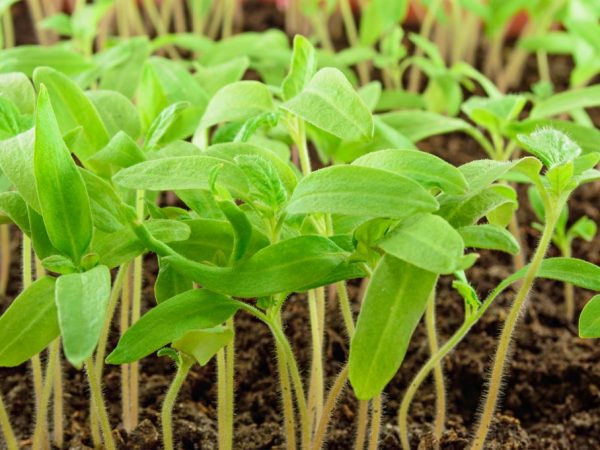Description of Chibis tomato
Gardeners primarily pay attention to varieties that ripen in a short period of time and give high yields. One of these is the Chibis tomato. It does not require much maintenance, but it has positive yield and taste characteristics.

Description of Chibis tomato
Characteristics of the variety
Tomato Chibis was bred by Russian breeders of the Sedek company. Just a few years ago, the Chibis tomato variety was entered into the State Register of the Russian Federation. Experts have high rates of germination and taste.
Chibis tomatoes are universal for planting. Farmers grow it both indoors and outdoors. The main thing is to pay attention to climatic conditions.
Description of the bush
It takes only 100 days from the moment the first shoots emerge to harvest. The bush is of a determinant type, reaching a height of 80 cm.
According to the description, the leaves of the Chibis tomato variety are small in size, dark green in color, on the surface of each there are tubercles and roughness.
Description of the fetus
According to the description of the Chibis tomato variety, its fruits are bright red. In shape, they resemble a lady's fingers, as they are elongated at the ends. The peel is smooth to the touch, glossy. The weight of each fruit of the Chibis tomato is about 90 g.
The taste of Lapis tomato is sweet and acid-free. Inside it has 3 chambers filled with a small amount of seeds. Dry matter is about 5%.
Chibis tomatoes are versatile in use: they are suitable both for salads and fresh consumption, as well as for preservation for the winter.
Advantages and disadvantages
According to the description, the tomato of the described variety has a number of positive characteristics:
- yield: about 5 kg of selected tomatoes are harvested from 1 bush;
- pleasant taste and marketability;
- possibility of transportation;
- long shelf life;
- undemanding care;
- short stature;
- resistance to all types of rot;
- high concentration of vitamins, amino acids and other nutrients.
The only disadvantage of Lapis tomatoes is the exposure to phytophthora.
Growing rules

Tomatoes should be grown in seedlings.
To grow good plants, Chibis tomato seeds should be planted for seedlings, because not all of them germinate when planted in open ground. The peculiarity is that the seeds of the Chibis tomato variety do not degenerate, like a hybrid.
Those who are going to carry out pinching should adhere to a special planting system.
- distance between rows - 40 cm;
- between holes - about 60 cm.
Without pinching, the distance between the holes and the rows is 60 cm. When planting, it is not necessary to look for ideal soil: this tomato grows in any, even if it does not have high fertility rates.
Care
The main features of the care are as follows:
- frequent loosening of the soil;
- regular, but infrequent watering;
- regular feeding.
All these activities must be carried out so that the root system receives a sufficient amount of water and air. Otherwise, the root system will start to rot and the plant will die. Watering is carried out only as the soil dries up and only with warm water. It is best to use a drip irrigation system, because moisture should not get on the foliage.
Top dressing should include exclusively mineral fertilizers. The first feeding should be carried out 14 days after planting the seedlings. For the best yield indicators, preference is given to substances containing phosphorus, potassium or nitrogen.
Diseases and parasites
Due to the fact that the fruit ripening period is low, Chibis tomatoes do not have time to undergo most diseases. For the same reason, insects and parasites do not have time to negatively affect the plant.
As a preventive measure, it is recommended to spray the soil with a solution of manganese or onion husks before planting. Drugs such as Fofatox or Tabbu come to the rescue.
Conclusion
The Chibis tomato variety is ideal for planting in open ground. First, they do not require constant care. Secondly, they have unique indicators of taste and yield.


